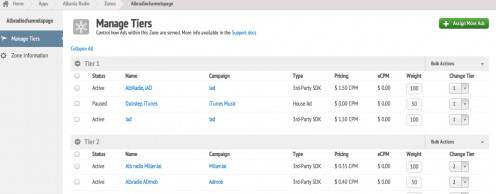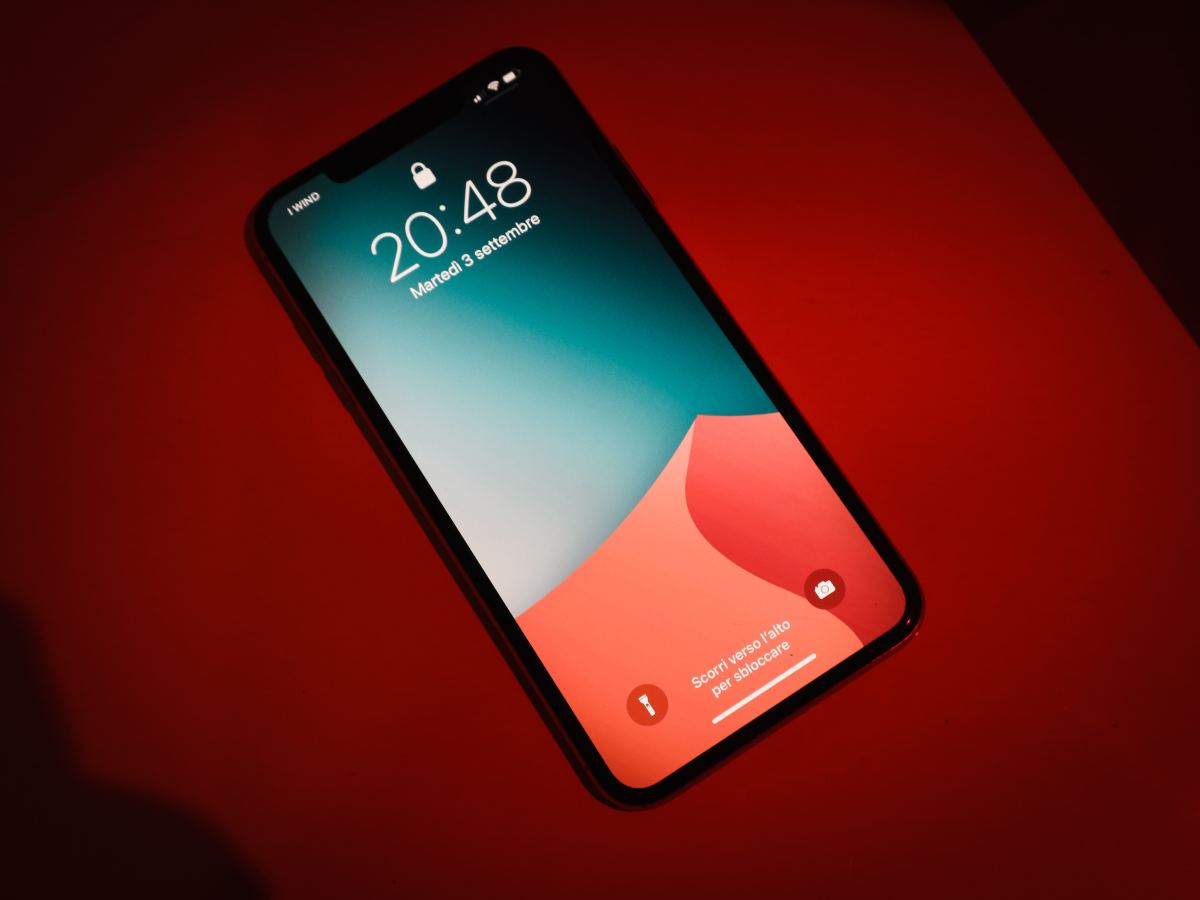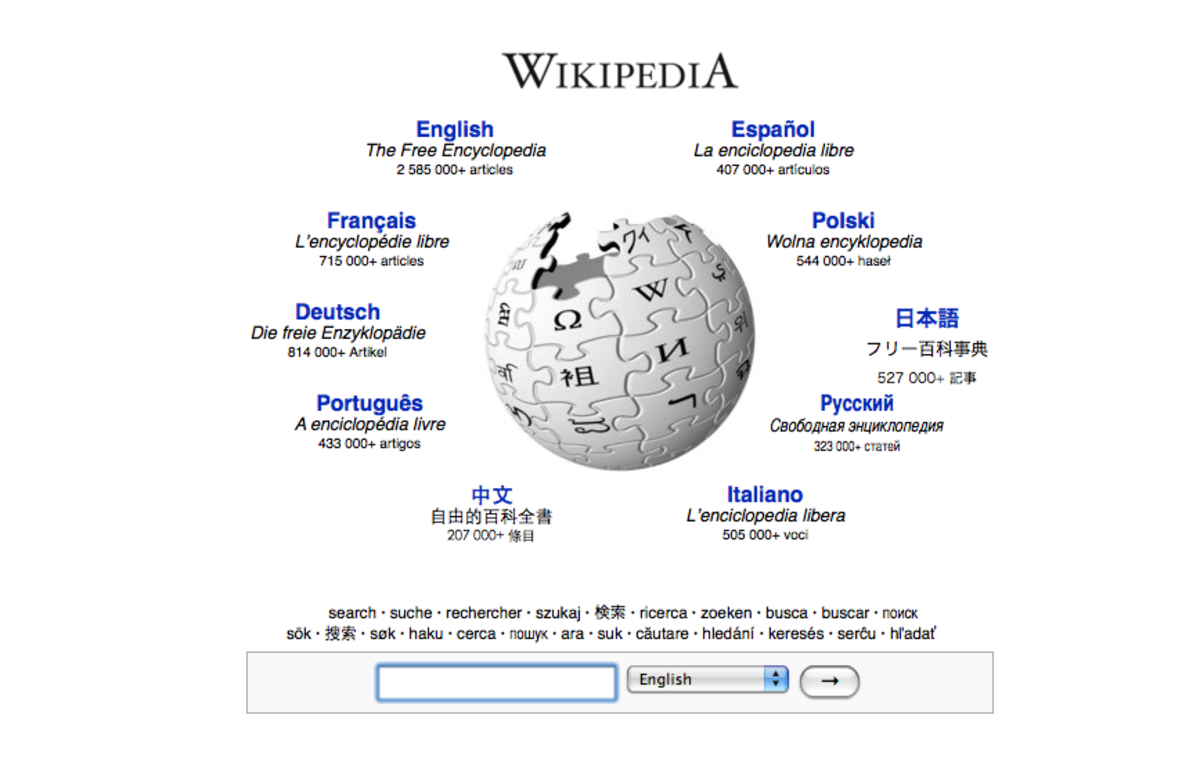Seven ways to monetize your iOS app
Apple iAD Demo
-
Charge for your app!
Yes, that sounds simple but its often overlooked too. Many developers might be scared to charge for the application if they believe it is not to the quality they wanted to build to or if there are similar applications that are free. What's best to remember is that you are unique and what you create is unique. Make use of the the promo codes and send some to your friends, family/colleagues and get their input on what the app should be worth. Or just show the app to a target audience and ask what they would be willing to pay for the service, entertainment, information your app is providing. Do not worry if you do not have a large sample size, any input will be helpful to help you decide a good starting price. Many people often think charging more for an app is bad but that is not always the case. In some niches, low price can actually often suggest lower quality of the app. We have a built in perception of we get what we pay for. A highly technical app for a small audience that is $0.99 usually sells about the same quantity or less than an app that is priced at $2.99-$4.99. For example, I had a highly targeted application for chemists about an instrument called HPLC(iTunes Link), the app was initially for sale for $0.99, and as I performed this experiment and gradually increased the price to $3.99, the number of downloads actually climbed in the first two price changes and stayed steady on the last price hike but wach download was now actually bringing in $2.80 after apple's cut instead of $0.70 per download. Obviously, I am not saying take advantage of your audience and overcharge but definitely dont be scared to charge what you/testers believe your app is worth. -
Advertisement
If charging for your app is not the route you want to go then, selling ad space in your ad is the best way to monetize it. For many apps, especially the apps that are supposed to have returning users, this is often a better way to monetize than charging for your app. For e.g, games, news applications, music applications etc that routinely have new content.
There are large numbers of mobile advertisers out there. Google's admob, Apple's iAd, Millenial media are some of the biggest players.
The best tactic to use in mobile advertising is to use a mediation software like burstly. These days, even the big networks have added mediation to their SDK, including Google's Admob. With mediation SDK's you can
Affiliate
Affiliate marketing is not just for websites anymore. You can add affiliate links to your mobile apps too. One of the biggest affiliate marketing for mobile apps is the iTunes store affiliate links itself.
Ad Mediation

3.Mobile Affiliate
Affiliate marketing is not just for websites anymore. With the explosion of mobile apps, affiliate marketing has started to become a part of mobile marketing too. One of the biggest affiliate marketing products in the mobile industry is the iTunes store itself. You can add a link to certain apps or categories on your app to send visitors to the app store. iTunes affiliate is available through the linkshare program.
This is an example of a affiliate feed
5.Cross Promote
Cross promote
I cannot stress this one enough! This is often the most overlooked but easy advertising technique. If you have multiple applications, cross promote them with each other. Regardless of whether they serve the same market or not. Your current user might not need your other products but he/she might know a friend who could use the app. It's easy to add a tab or webpage with your other applications. And if you include your products through an affiliate link, you can get a little more for your sales or get commission for other products your customers buy
4.Pricing Strategy
Pricing strategy
This is a good one! Experiment pricing for your product, whether its an app or other web products. The easy control of pricing makes this seamless. Most entrepreneurs often underestimate their product. Try different price points to see what sells most. You have to be careful to give enough time at each time point to get substantial market information to make informed decision.
Another advantage of this, especially if you are starting from a higher price and going lower is the free exposure on dozens of websites and apps out there that show the price drops, popular apps etc.
Dropping a paid price's app to free often results in a high influx of downloads, however this might not be sustained if the product is not appealing.
Useful Links
- Apple - iAd
- AdMob -- monetize and promote your mobile apps with ads – Google Ads
- Make an iPhone app with no programming
I'm no programmer but have always been interested in creating websites and recently got interested in making apps for smartphones. I started with a simple google search and was surprised with how many options there were out there for making iphone...
6.Product release date
This is another opportunity often overlooked. When the app is released, apple places the app in the recently added apps section for your particular category. However, this list gets refreshed everyday. SO, if your app is approved and on the market midday, technically you are only getting half a day of exposure and sometimes even less.
When you submit the app you can select whether you want the app to be released automatically when it's released or on a certain day. It's often best to keep a date sometime out in future 10-14 days. Apple usually approves applications in 7-10 days, and you can change this date later on the day you get the approval notice to the day after. If you forget to do this when you submit, apple also allows you one change on the day of approval. You can change as soon as your app is approved to get the whole day spotlight too
7. In App Purchase
This is still one of the biggest unexplored or under-explored area of iPhone App Marketing. This is very similar to SaaS or Software as service model. If you have opportunity to provide your audience premium content at an added price or as a subscription model, this can help leverage the current customers for extra income.
For example, if you have a free or paid app that provides raw food recipes. Your can have a premium content, as an in-App purchase where you provide 10 original recipes that you are providing only to those who make the in App purchase. This model has been leveraged very well by a variety of games to let their audience purchase virtual commodities.
If you provide tips or news service. A monthly/weekly subscription model can be a huge asset. You can have a free app but have a subscription service where people will get a new issue of your added information each moth until the subscription is cancelled.
For e.g, You have biotech stocks information app, and the basic app is $3.99 per download. But you can have an added weekly subscription where the subscribers receive an update each monday the hottest Biotech stocks for that week based on any scheduled presentation, earning release, FDA decision date, etc. You are not forcing this content, but the fraction of your audience who would like this information will be glad to pay for this. This can be considered as a paid newsletter in an app.
What do you think?
If there are certain advertising technique you use for your app that you'd like to share, let us know via comments.








